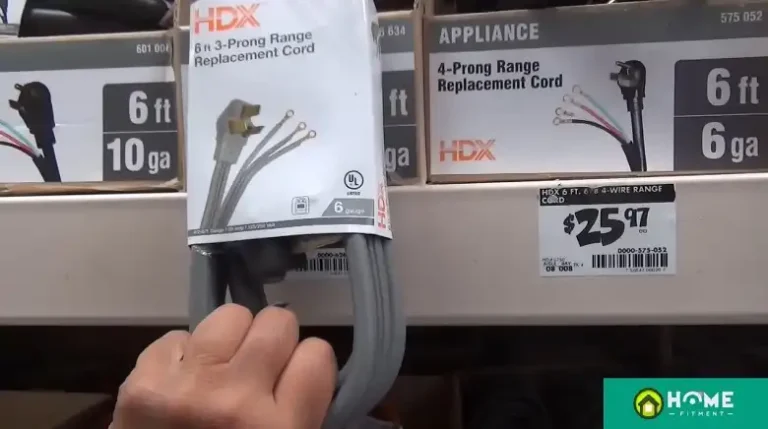How to Fix a Soft Spot in the Floor of a Mobile Home
Soft spots on the floor of a mobile home are a common issue that should not be ignored. These soft or spongy areas indicate that the subfloor underneath has sustained damage, often due to water leaks from plumbing, roofing, or other sources. If left unaddressed, soft spots can worsen over time, leading to potential safety hazards and costly repairs.
Fixing a soft spot in the floor of your mobile home is crucial to prevent further deterioration and maintain the structural integrity of your living space. By addressing the issue promptly, you can mitigate the risk of more extensive and expensive damage down the line.

What Are the Safety Precautions for Fixing a Soft Spot in the Floor of a Mobile Home?
First things first – If you suspect a water leak is causing the soft spot, try to identify the source of the leak. If you can’t find it, it’s essential to turn off the main water supply to your mobile home. This simple step can prevent further water damage and make the repair process much easier.
During the repair process, it’s crucial to take necessary safety precautions. Wear protective gear like gloves, goggles, and a dust mask to avoid breathing in any mold spores or harmful particles that may be present due to water damage.
What Is the Cause of the Soft Spot in the Floor of a Mobile Home?
Common culprits include faulty plumbing connections, leaky pipes, or even a roof leak that’s allowing water to seep into the subfloor. Before you can fix the soft spot, you’ll need to expose the subfloor by carefully removing any floor covering, such as carpet or tiles. This will give you a better view of the extent of the damage and help you determine the root cause.
Once the subfloor is visible, look for telltale signs of water damage, such as warped or discolored wood, mold growth, or a musty odor. These indicators can help you pinpoint the source of the issue and guide you on the best course of action for repairs.
What Tools and Materials Do You Need to Fix a Soft Spot in the Floor of a Mobile Home?
Gather your gear! To tackle this project, you’ll need a few essential tools and materials. Here’s a handy list to help you prepare –
Tools
- Reciprocating saw (Sawzall)
- Impact drill (or a drill with a multi-purpose bit)
- Tape measure
- Hammer
- Chisel (1 inch and 1.5 inch) (optional, depending on the need to remove damaged subfloor)
- Utility knife (for additional cutting tasks)
- Level (to ensure an even floor after patching)
Materials
- Treated plywood (same thickness as your existing subfloor)
- Construction screws
- Scrap pieces of 2×4 lumber (optional, for larger repairs)
- Sealant (optional, for minor leaks)
How Do You Fix a Soft Spot in the Floor of a Mobile Home?
Now, it’s time to get hands-on. Depending on the extent of the damage, you’ll have two main approaches to fixing the soft spot –
Method 1: Patching the Soft Spot (for smaller areas)
Step 1: Using your reciprocating saw, carefully cut out the damaged section of the subfloor, ensuring a clean square or rectangular shape. Be careful not to damage the floor joists (supports) and cut along their edges.
Step 2: Measure and cut a replacement piece of treated plywood to fit the opening you’ve created.
Step 3: Secure the new plywood patch with construction screws, ensuring it’s level with the surrounding subfloor.
Method 2: Replacing a Larger Subfloor Section (for extensive damage)
Step 1: Identify the edges of the damaged subfloor area and measure the dimensions accurately.
Step 2: Using your reciprocating saw, cut along the perimeter of the damaged section, avoiding the floor joists. You may need to use a chisel and hammer to remove any stubborn pieces of damaged subfloor.
Step 3: Carefully remove the damaged subfloor section.
Step 4: Install the new, larger piece of treated plywood, securing it with screws. For extra support on large holes, you can optionally add 2×4 lumber beams underneath the patch.
After you’ve successfully repaired the subfloor, it’s time to reinstall the floor covering you initially removed, whether it’s carpet, tiles, or something else. Follow the specific installation instructions for your flooring type to ensure a seamless finish. If you’re reinstalling carpet, you may need to use a carpet stretcher to ensure a tight, wrinkle-free fit.
Wrapping it up
Fixing a soft spot in the floor of your mobile home is an important task that shouldn’t be overlooked. Ignoring these issues can lead to further damage, compromising the structural integrity of your home and potentially causing safety hazards. By following the steps outlined in this guide, you can address soft spots effectively and restore the stability of your floor.
If you have any additional questions or need further clarification after reading this article, feel free to leave a comment below. I’ll be happy to address any concerns or provide more insights to help you tackle this project with confidence.






